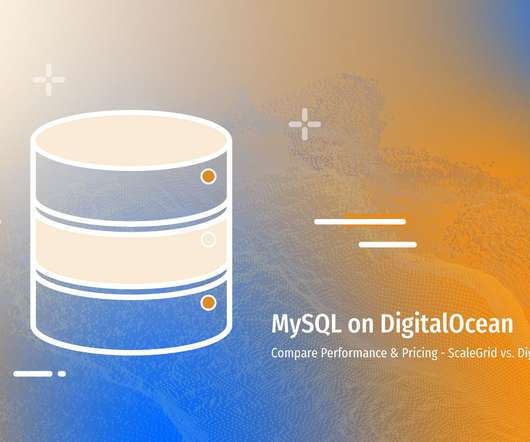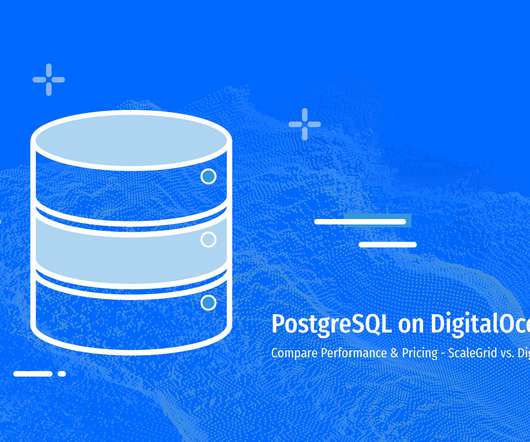Best MySQL DigitalOcean Performance – ScaleGrid vs. DigitalOcean Managed Databases
Scalegrid
JUNE 22, 2020
DigitalOcean is quickly building its reputation as the developers cloud by providing an affordable, flexible and easy to use cloud platform for developers to work with. MySQL on DigitalOcean is a natural fit, but what’s the best way to deploy your cloud database? Compare Latency. MySQL DigitalOcean Performance Benchmark.
























Let's personalize your content